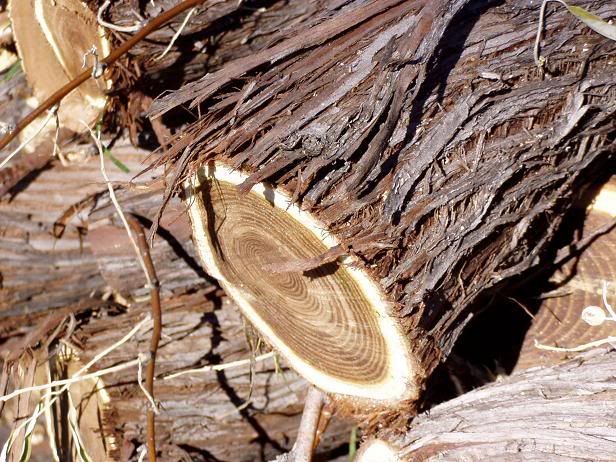IchWarriorMkII
ArboristSite Guru
I've been looking for productive uses to the Russian Olives trees that infest my local area. I read online that they can be used to make posts and boards, so instantly Im thinking of all sorts of uses. Im planning on doing some landscaping around my yard, and some rough cut 4x4 timbers (I'd treat them, somehow) fit the bill.
Im also looking into making some 2x4's or 2x6's in conjuction with the posts to put together a wood shed of sorts.
The trees are small, I wouldn't figure them to be bigger than 12" in diameter... no more than 20" at the most. I would count them in the soft wood class, as they are rapid growth trees... but Im a newbie in this wood business. Basically, Im clearing out the over growth on the ranch. (If my milling pans out, Ill leave some crops of trees here and there for the future)
Whats going to be the easiest set up to produce 8 or 10 foot boards? I've seen the Alaska mill, it looks like the ticket (fits into my budget) but Im not sure how large of a log it will produce. 4x4 or 6x6's possible?
Also, would the Alaska mill work ideally for squaring the log up to later mill into the desired boards? Im not sure what all the terms are... Im reading lots of old threads here to try and catch up.
Finally, Im planning on employing a Husqvarna 365 (yet to be purched) for the milling operations. It looks to be the ideal saw for me outside the mill in terms of being a firewood saw, so Im hoping with a longer bar and chains, it will pull double duty.
Any other tips, advice, pics (I like pics ) to help a new guy get his feet wet would be appreciated.
) to help a new guy get his feet wet would be appreciated.
Im also looking into making some 2x4's or 2x6's in conjuction with the posts to put together a wood shed of sorts.
The trees are small, I wouldn't figure them to be bigger than 12" in diameter... no more than 20" at the most. I would count them in the soft wood class, as they are rapid growth trees... but Im a newbie in this wood business. Basically, Im clearing out the over growth on the ranch. (If my milling pans out, Ill leave some crops of trees here and there for the future)
Whats going to be the easiest set up to produce 8 or 10 foot boards? I've seen the Alaska mill, it looks like the ticket (fits into my budget) but Im not sure how large of a log it will produce. 4x4 or 6x6's possible?
Also, would the Alaska mill work ideally for squaring the log up to later mill into the desired boards? Im not sure what all the terms are... Im reading lots of old threads here to try and catch up.
Finally, Im planning on employing a Husqvarna 365 (yet to be purched) for the milling operations. It looks to be the ideal saw for me outside the mill in terms of being a firewood saw, so Im hoping with a longer bar and chains, it will pull double duty.
Any other tips, advice, pics (I like pics






